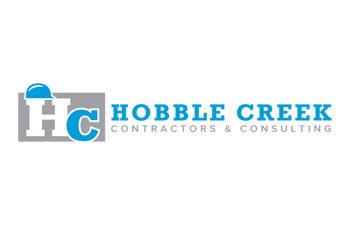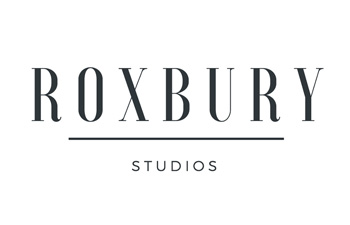We source all of our woods from the most sustainable tree farms and love working with only the best natural materials. Here are some of our favorite woods, why we love them, and why you might want to select them for your next remarkable door.
Alder

Alder
Our alder is sources from sustainable tree farms in the north west coasts of the U.S. and Canada. We love it because it gives off a sweet smell while being worked. It’s a wood with character that contains thick knots and other unique features when cut.
What it’s great for: Entryways with a rustic or rugged feel.
What it’s not great for: Doors that are intended to be painted.
Cherry

Cherry
Cherry, the most prized furniture hardwood in America, is loved by woodworkers for its color and aging process. Our Cherry is sourced from mature American Black Cherry trees.
What it’s great for: Entryways and hardwood doors on family homes that will be lived in for many years.
What it’s not great for: Doors directly exposed exposed to the elements. Cherry wood does not mix well with moisture.
Euro Beech

Euro Beech
Long, straight grain material popular and common throughout Europe.
What it’s great for: The grain found on Euro Beech makes it dimensionally stable and is a warp-resistant material. It is great for exterior applications that will be stained by an experienced finisher.
What it’s not great for: Doors completed without an expert finisher.
Flat Walnut

Flat walnut
Dark, dense, and tight-grained wood prized by woodworkers for its strength, grain and color. Can be flat sawn or quarter sawn to enhance the natural way in the desired way. The only domestic dark-brown wood species, it is cultivated in sustainable farms in Ohio, Illinois, and Indiana.
What it’s great for: Those who want to make a bold statement with their entryway.
What it’s not great for: Doors and entryways meant to darken with age. Unlike cherry and maple, flat walnut actually lightens with age. The dynamic can be tempered with a good stain.
Hickory

Hickory
A lovely, eastern U.S. material with cream, dark brown, and tan streaks.
What it’s great for: Attractive doors that make a statement. The high variation in color in this wood makes it ideal for entrances with modern styling.
What it’s not great for: Doors with ornate styling, as the details can get lost in the grain.
Maple

Maple
This favorite of woodworkers is one of the most solid woods we work with and is a great wood for creative projects because of its light color. Our maple is sourced from local sustainable farms.
What it’s great for: Given its white and reddish-brown hues, maple makes great wood for doors that will be stained. Because of its durability it is great for doors that will be used often.
What it’s not great for: Oversized doors. The weight of this material can make it difficult to use with doors over 8 ft. tall and 3 ft. wide.
Mahogany

Mahogany
This wood is popular for a reason. Its consistent warm color creates a comforting feel that works nicely with fine details.
What it’s great for: One-of-a-kind projects with embellishments.
What it’s not great for: Designs without windows. This is best paired with designs that bring light into the space to offset the dark grain.
Poplar

Poplar
This New England wood is found in abundance and cuts with razor-sharp precision. Because of its availability it makes a great budget-friendly option.
What it’s great for: Doors intended to be painted and designs that have sharp lines and fine details.
What it’s not great for: Doors that will be stained. The color variation in this wood will produce undesirable results if stained.
Sapele

Sapele
While lacking the same reddish hue, this West African wood has a similar feel to mahogany, with long, straight grains and workable sturdiness.
What it’s great for: Door on tall entrances.
What it’s not great for: Painted door and doors exposed directly to the elements.
Torrefied Poplar

Torrified Poplar
Takes the popular New England wood and removes volatile compounds, leaving a stable, water resistant material with a deep brown shade.
What it’s great for: Painted doors and doors exposed directly to the elements.
What it’s not great for: Designs intended to be stained.





